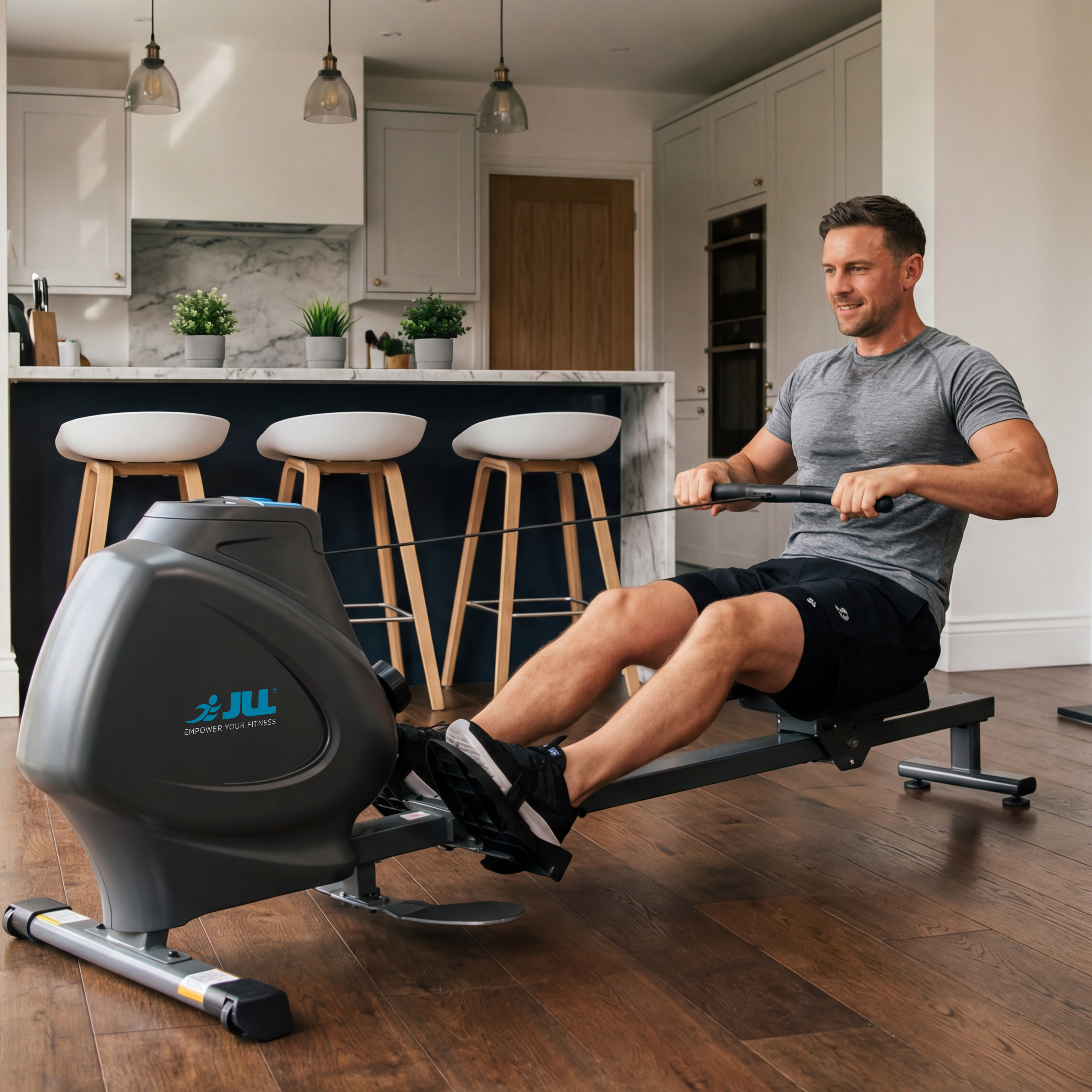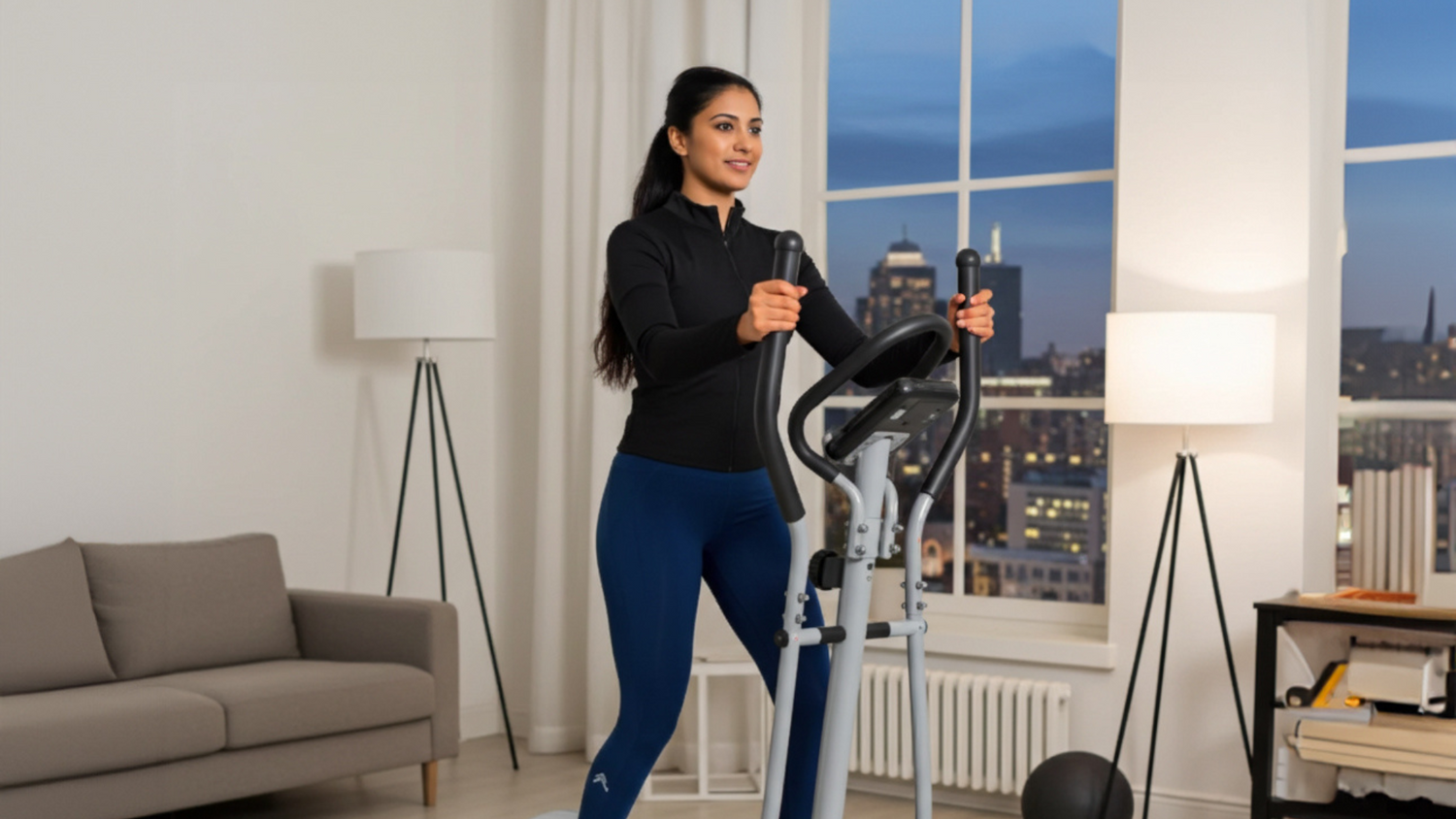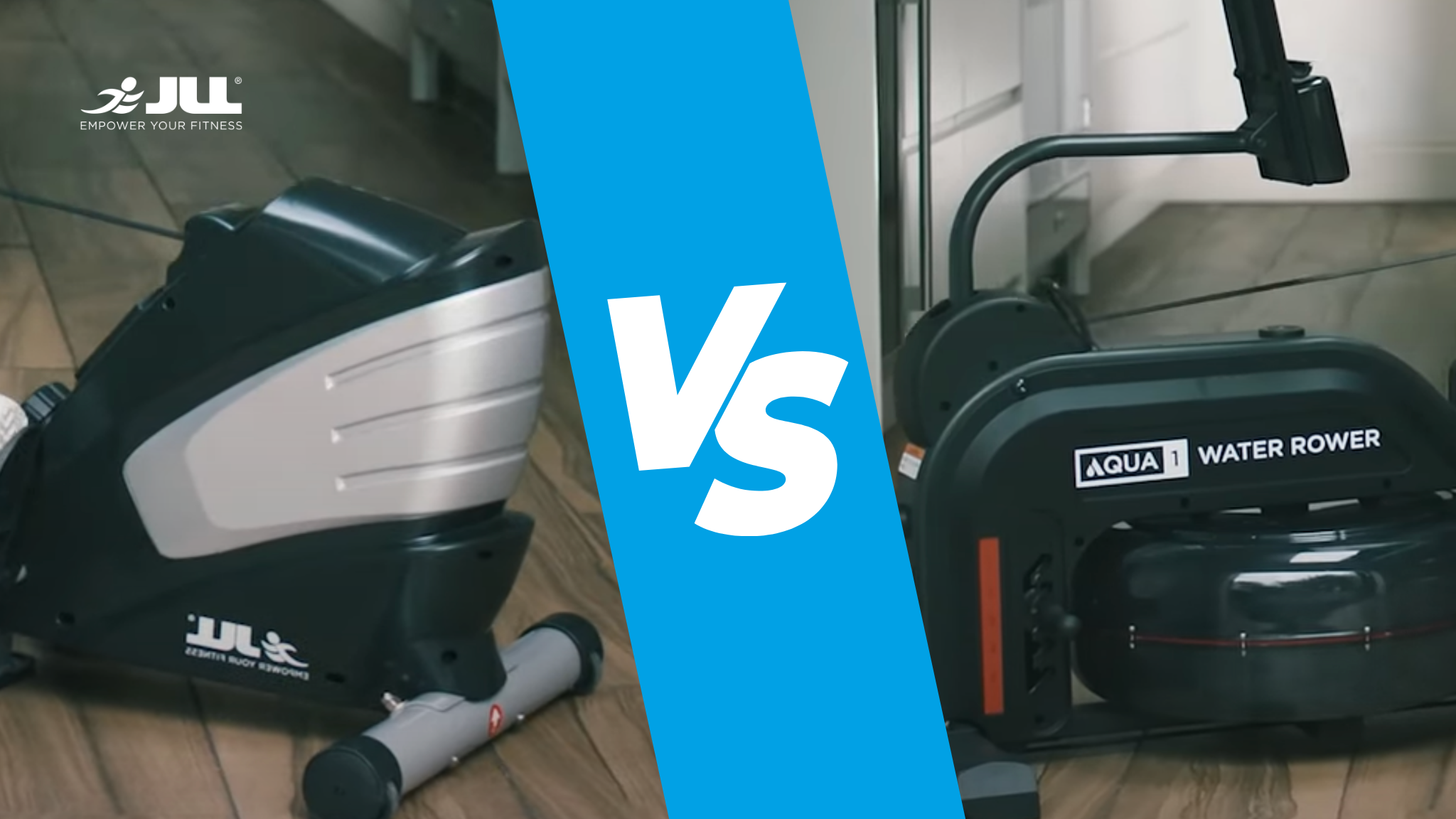Thinking about adding a home elliptical machine to your fitness routine but wondering if it’s truly worth the investment? You’re not alone. With cardio options like treadmills, rowers, and bikes crowding the market, it’s easy to feel overwhelmed. Home ellipticals shine in several ways - they’re low-impact, offer a full-body elliptical workout, and let you exercise anytime, indoors. But they come with trade-offs like space needs and a learning curve.
In this article, we’ll unpack the real value of bringing an elliptical into your home. You'll learn about the benefits, from protecting your joints to helping with weight-loss, and the potential downsides, like limited bone-density benefits or upfront costs. We’ll compare ellipticals with other cardio machines, help you determine if an elliptical aligns with your fitness goals, and offer tips on choosing the right model tailored to your space and needs. We’ll even share a fresh perspective on how an elliptical can anchor healthy habits.
1. What Is a Home Elliptical?
A home elliptical machine, also often called a cross-trainer, is a stationary piece of cardio equipment that lets you simulate walking, running or stair-climbing with minimal impact on your joints. Pedals glide in an elliptical path, cushioned by handles for the upper body - offering a full-body elliptical workout. JLL FitnessWikipedia
Similar to the models featured in the JLL Fitness cross-trainers collection at jllfitness.co.uk, these machines are designed for smooth operation, compact use in your home space, and adjustable resistance to suit fitness levels. JLL Fitness
2. Key Benefits of Using a Home Elliptical
Low-Impact for Joints & Injury Recovery
Ellipticals are ideal for anyone mindful of their knees, ankles or hips. Thanks to the gliding motion, there's no pounding - making it a superb low-impact elliptical for joints, especially post-injury or for older users. JLL Fitness highlights this as a core benefit across their cross-trainer models. JLL Fitness
Full-Body Workout & Muscle Coordination
By using both foot pedals and moving handles, these machines engage legs, core and arms simultaneously. This delivers a comprehensive session that tones and strengthens your entire body - just as emphasised in JLL’s own “8 Benefits of Using an Elliptical / Cross Trainer” post. JLL Fitness
Efficient Calorie Burn & Cardiovascular Boost
Ellipticals offer serious calorie-torching potential, particularly at higher resistance levels. JLL’s blog underscores their efficacy for burning calories and improving heart health. JLL Fitness
Versatility & User Convenience
Most cross-trainers offer adjustable resistance, incline, and often tracking consoles. They’re compact, operate quietly - perfect for home use without disturbing others. These benefits align closely with what’s featured in the JLL cross-trainer line-up. JLL Fitness
Safety & Low Injury Risk
Stable pedals and smooth, controlled motion make these machines safer for many users. JLL notes the low risk of injury, particularly for beginners or those with balance concerns. JLL Fitness
3. Common Drawbacks and Considerations
Cost & Space
Quality cross-trainers are an investment. While JLL offers models like the CT300, priced at around £249.99 (down from ~£310) with features such as magnetic resistance and an 8-function monitor, you're still committing to floor space and budget. JLL Fitness
Lower Impact on Bone Density
While kind to joints, cross-trainers don’t offer the weight-bearing stimulus needed for optimal bone health—something to consider if that's a key fitness goal.
Potential for Monotony
Repetitive motion can feel dull over time. Unlike outdoor running, the experience may feel monotonous - though modern models, including those in JLL’s collection, can incorporate programmes that help offset that. Health GQ
4. Elliptical vs Other Cardio Options
Elliptical vs Treadmill
Ellipticals are kinder to your joints, offer full-body engagement, and are quieter - ideal for apartments. Treadmills may burn more calories and boost leg strength, particularly with incline. JLL’s own comparison blog echoes these differences. JLL FitnessByrdie
Elliptical vs Bikes / Rowers
- Rowers engage your core and back hugely but require form practice.
- Exercise bikes are gentle on the joints and compact.
- Under-desk ellipticals offer light movement but aren’t a full cardio replacement. Cross-trainers like JLL’s remain the best balanced choice for in-depth home cardio. JLL FitnessHealth
5. Are Ellipticals Right for You?
Great for:
- Anyone with joint issues or injury recovery needs.
- Beginners building cardio calmly and safely.
- Those wanting convenient, quiet, low-impact workouts at home.
Maybe consider alternatives if:
- Your primary goal is bone density improvement.
- You crave variety, social interaction or varied terrain in workouts.
6. Choosing the Right Cross-Trainer (Elliptical)
Key Features to Look For:
| Feature | Why It Matters |
|---|---|
| Stride length and comfort | To suit your height and natural movement |
| Resistance options | Enables progression and workout variety |
| Display & tracking | Keeps motivation, like JLL’s 8-function monitor on CT300 JLL Fitness |
| Quiet operation and footprint | Great for apartments and home gyms |
JLL Recommendations:
- The CT300 Cross Trainer offers magnetic resistance, multiple readouts (including pulse, body fat, recovery, calories), supports up to 100 kg, and costs ~£249.99 - not bad for a compact, well-featured home model. JLL Fitness
7. Maximising Your Workouts
- Use Intervals: Mix high-resistance bursts with recovery for calorie-splashing sessions.
- Strength Training: Pair elliptical with bodyweight or weight-bearing exercises to support bone health.
- Switch Motion: Use both forward and reverse modes to vary muscle activation.
- Track & Reward: Use built-in monitor functions or apps to monitor progress and stay motivated.
8. Quick Takeaways
- Cross-trainers deliver low-impact, full-body workouts ideal for home use.
- They’re quiet, compact and joint-friendly, aligning well with many users' needs.
- Consider space, budget and motivation features when choosing - JLL’s CT300 is a strong, value-rich example.
- To complement your fitness journey, pair elliptical sessions with strength or impact work.
- Use built-in features and exercise variety to stay engaged and reach your goals.
9. Conclusion
Home ellipticals or cross-trainers - can be a worthy long-term investment for many. They combine convenience, safety and effectiveness, especially for joint protection, time-pressed schedules, and consistent cardio building.
JLL Fitness offers a range of cross-trainer models that cater to different budgets and home spaces; the CT300 stands out for its features and affordable price. If you're looking for a smart, easy-to-use cardio solution at home, an elliptical from JLL could be an ideal choice.
FAQs
-
Are ellipticals good for weight loss at home?
Yes - ellipticals can burn significant calories and improve heart health, especially when using HIIT or variable resistance programs to intensify workouts. -
Can ankle or knee pain users benefit from ellipticals?
Absolutely. Elliptical trainers are a low-impact elliptical for joints, reducing load on ankles and knees while offering effective cardio. -
Do ellipticals help with bone density?
Not optimally - because they’re low-impact, ellipticals don’t stimulate bones as much as high-impact or weight-bearing exercise. Adding resistance training is recommended. -
What’s the difference between under-desk ellipticals and full-size models?
Under-desk ellipticals are compact and suited for light movement while working but lack the resistance and cardiovascular challenge of full-size ellipticals.People.com -
How much space do I need for a home elliptical?
Measure the machine footprint plus at least 2 ft clearance for safety. Compact ellipticals fit small spaces, but always check model dimensions before buying.









Leave a comment
All comments are moderated before being published.
This site is protected by hCaptcha and the hCaptcha Privacy Policy and Terms of Service apply.